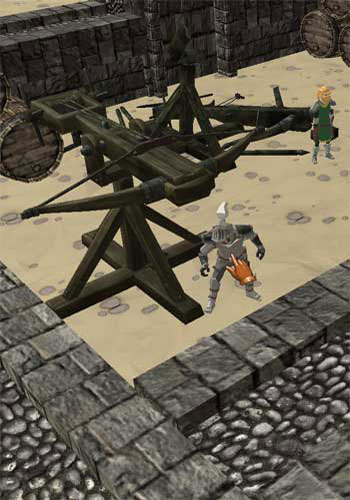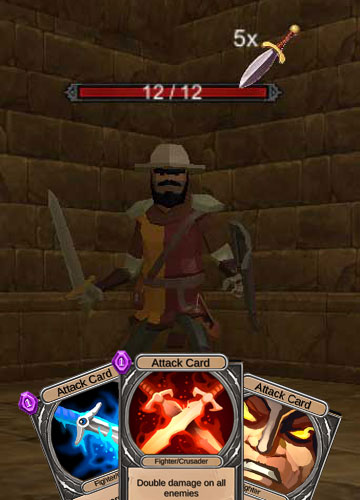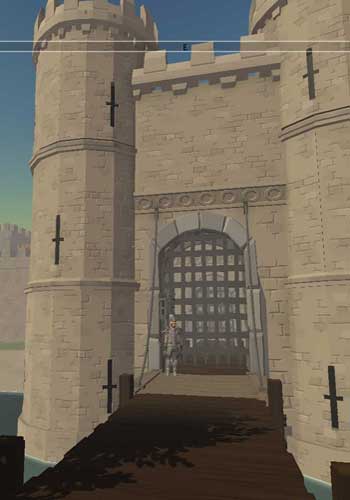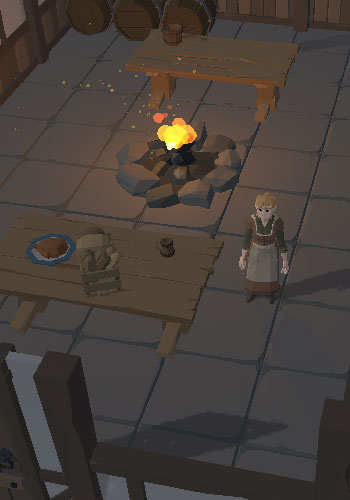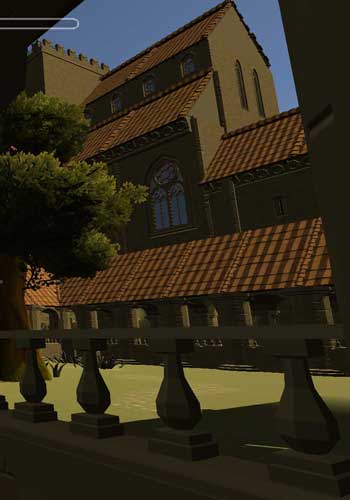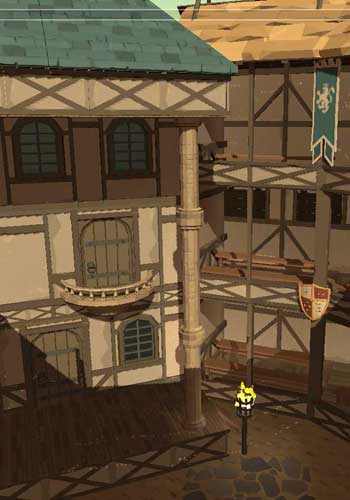
Medieval Castles
Types of castles
- Early Fortifications
- Castles of William the Conqueror
- Earthwork castles
- Motte and bailey castles
- Square keeps
- Shell-Keeps
- Polygonal Keeps
- Concentric Castles
Other details
Definition of a castle
 castle is a fortified building or set of buildings used to provide permanent or temporary protection and accomodation for kings and queens or important noblemen and their families. The term castle usually refers to stone buildings constructed during the Medieval period. The castle provided the centre for political and administrative power for the region.
castle is a fortified building or set of buildings used to provide permanent or temporary protection and accomodation for kings and queens or important noblemen and their families. The term castle usually refers to stone buildings constructed during the Medieval period. The castle provided the centre for political and administrative power for the region.
The term castle can also apply to ancient fortresses and to the towers built at the front and back of Medieval ships from which archers could shoot arrows.
From our definition of a castle we say that a castle is a well fortified and defendable place to live. But why did kings, barons and their families and supporters feel the need to live in castles during the medieval period? Because a castle is a defendable place it means that the person living in it must have been concerned that they could be attacked.
Three main reasons why a king or baron wanted to live in a castle: -

i. Danger of invasion by enemies from another country
Of the three dangers listed here the threat from civil war or the need to control the population were the main reasons that the majority of castles were built in Europe. Although foreign invasions did occur not many castles can be said to have built because of the fear of foreign invasion. Those that were are on the south and east coast of England such as Dover and Portchester.
During the early years of the tenth century (900-925), the threat from Viking invasion was great and so Edward the Elder and his sister Ethelflead, Lady of the Mercians, organised the fortification of many towns , including Shrewsbury, Bridgenorth, Tamworth and Warwick. What form the fortifications took is not known as no records survive. Stone may have been used where it was available, but most likely it would have been ditches and wooden palisades that surrounded the towns.
Much later on, in the first half of the sixteenth century, Henry VIII built several strongholds along the south coast of England to defend against an invasion from France. But these fortifications can be described as forts rather than castles as they were not designed to be lived in by the royal family or the barons.
ii. Danger from rival groups within the country during a civil war
Castles became extremely important as a place of safety during the conflicts between rival groups: -
- The king and barons who were upset by his rule.
- Opposing branches of the same royal family.
- Rival barons.
During the period of civil war, known as the Anarchy between King Stephen of England and Matilda the daughter of Henry I, castles were held by loyal supporters of one or the other side. Castles were besieged and captured.
The castle became such a powerful place that barons who controlled one or more castles were a serious threat to the King. After the civil war between Stephen and Matilda, Henry II ordered the destruction of many castles and confiscated many more so that the barons could not oppose his rule.
iii. Danger from an uprising of the ordinary population of the country
After the Norman invasion of Britain in 1066 the Normans constructed a large number of motte and bailey castles across the country. William the Conqueror and his trusted barons built these castles to control the country's newly subdued inhabitants. William feared an uprising by an unhappy population who outnumbered their Norman conquerors. The castles were required so that the Normans could remain safe and in control.
Major castles were built in or near large centres of population. On the edge of London William the Conqueror had a massive square keep, known as the Tower of London, constructed as a reminder to the Londoners that he was their king. Similarly castles were built in Exeter, York and at other important medieval cities. William also built castles at strategic locations such as important river crossings and crossroads.

Major castles were built in or near large centres of population. On the edge of London William the Conqueror had a massive square keep constructed as a reminder to the Londoners that he was their king. Similarly castles were built in Exeter, York and at other important medieval cities. William also built castles at strategic locations such as important river crossings and crossroads.
Royal and Baronial Castles
This brings us to the question of who owned the castles? The castles can generally be split into several categories, royal and baronial either being built and owned by the king or built by a baron with or sometimes without the permission of the king.
Royal Castles and Palaces
The Kings of England built many large and imposing fortresses containing private accomodation for themselves and their families. These castles were passed down from generation to generation and were adapted and remodelled to fit the fashions of the period. Their locations were most likely to be politically motivated and built in an important city or at a river crossing, but some were placed in more remote locations for reccreational purposes.
William the Conqueror built many castles in or near existing Saxon towns to enforce his control. In many instances Saxon houses were demolished to make room for the new castle. Below is a table showing some examples of castles built shortly after the Norman Invasion of 1066 within or just outside the defensive walls of existing Saxon towns.
| Castle Name | Date | Notes |
| London (The White Tower) | 1078 | On the eastern side of the city, connected to existing town walls originally built by the Romans. |
| Cambridge Castle | 1068 | 27 houses were destroyed in the town to provide space for the castle. |
| Chester Castle | 1070 | Built in the city of Chester possibly on the site of an earlier Saxon or Roman fortification. |
| Lincoln Castle | 1068 | 166 houses were demolished in the city to make room for the new castle. |
| Oxford Castle | 1071 | After capturing the town a castle was built there to prevent future uprisings. |
| York Castle | 1068 |
Those castles that were built within the town's walls were constructed alongside the walls rather than in the centre of the population. This may have been a tactical decision to allow a means of escape if the local town's people rose up against the king. Castles usually had a postern gate which was a small gate through which a small number of people could exit the castle unseen. Others had secret tunnels.
Baronial Castles
The majority of castles were built by the barons and those with importance and wealth could afford to build large and imposing castles that rivalled the royal castles. Depending on their status and the amount of land they held, some barons controlled several large castles.
| Castle Name | Owners |
| Kenilworth Castle | Simon de Montfort the Earl of Leicester, John of Gaunt the Duke of Lancaster. |
Fortified Manor Houses
If a baron could not afford to build a massive stone castle, he may have had enough wealth to build a smaller fortified manor house. These buildings were designed more for accomodation than defence but many had moats and curtain walls to provide some protection.
Licence to Crenellate
Landowners had to obtain permission from the Crown before building a castle or adding battlements to an existing building. Known as 'Licence to Crenellate' it allowed the owner to add the square structures at the top of walls called crenells or embrasures and merlons. The permission covered the owner and his descendants. This rule may have been introduced to prevent unruly barons building large impregnable fortifications of their own and rivalling the King.
| Castle Name | Owner | Date | King |
| Tarset | 5 Dec. 1267 | Henry III | |
| Stokesay | 19 Oct. 1291 | Edward I | |
| Bodiam | Edwardo Dalyngrigge | 21 Oct. 1385 | Richard II |
| To be completed... | |||

More castle pages
Pages in this section
Types of castles


